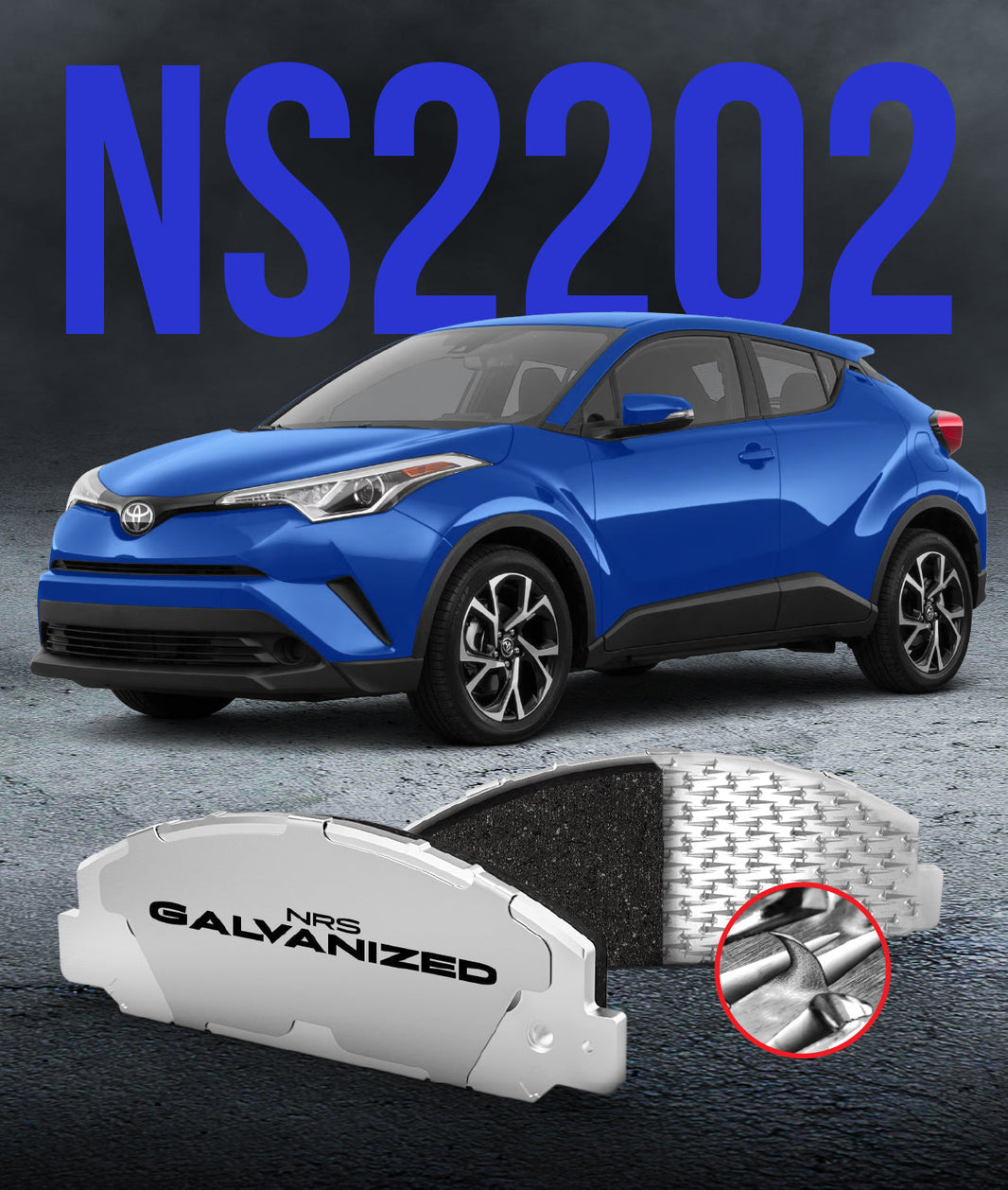
For over a century, the basic principle of car brakes has remained the same: you push a pedal that is physically connected to a hydraulic system, which then forces brake pads against the wheels. Now, imagine a system where that physical connection is gone. It sounds like something from a science fiction movie, but this technology, known as brake-by-wire, is already on the road and represents the next great leap in automotive braking.
This shift from mechanical and hydraulic links to electronic signals is changing everything we thought we knew about stopping a car. It offers incredible new possibilities for safety, performance, and efficiency. Understanding this technology gives us a glimpse into the very near future of the automobile.
What is a Brake-by-Wire System?
In the simplest terms, a brake-by-wire system replaces the direct physical connection between the brake pedal and the brakes themselves with an electronic one. In a traditional system, your foot pressure directly moves a piston in the master cylinder, pushing hydraulic fluid through a sealed network of tubes to the wheels. In a brake-by-wire system, your foot pressure simply moves a sensor.
Think of it like the difference between an old film camera and a new digital one. With the old camera, pressing the shutter physically moved levers and springs to open the lens. With a digital camera, pressing the button sends an electronic signal to a computer, which then controls the shutter, allowing for much faster and smarter operation.
How Brake-by-Wire Systems Work
The process of stopping a car with a brake-by-wire system happens almost instantly, but it involves a rapid-fire sequence of electronic commands. The system relies on sensors, computers, and actuators to get the job done. Here is a simplified step-by-step look at the process.
-
You Press the Pedal: When you step on the brake pedal, you are not directly pushing fluid. Instead, you are moving a pedal simulator that is connected to a sensor. This sensor measures exactly how hard and how fast you are pressing the pedal.
-
A Signal is Sent: This pedal input is converted into a digital electronic signal. The signal is then sent through wires to the car's central computer, often called the Electronic Control Unit (ECU).
-
The Computer Thinks: The ECU is the brain of the operation. It takes the signal from your pedal and instantly compares it with data from dozens of other sensors around the car, such as wheel speed, vehicle stability, and steering angle.
-
The Brakes are Applied: Based on all this information, the ECU sends a precise command to an actuator. This actuator then applies the exact amount of braking force needed at each individual wheel. The actuators can be either electro-hydraulic (a central electric motor pressurizes brake fluid) or, in the newest systems, fully electric.
The Key Differences: Brake-by-Wire vs Hydraulic
The shift from a hydraulic to an electronic system represents a fundamental change in brake design. While both systems ultimately use friction to stop the car, the way they get there is completely different. These differences are what give brake-by-wire its unique advantages.
The main areas of contrast are the physical connection, the speed of the system, and its ability to integrate with other modern vehicle technologies.
The Physical Connection
This is the most significant difference. A traditional hydraulic system is a closed loop; the fluid you push with your foot is the same fluid that moves the pistons in your brake calipers. In a brake-by-wire system, the pedal is completely disconnected from the final braking action.
The feel of the pedal is created by a simulator with springs and dampers to provide the familiar resistance that drivers expect. This allows manufacturers to tune the pedal feel to be firm and responsive, regardless of what the actual brakes are doing.
System Response Time
Electronic signals travel at nearly the speed of light. A hydraulic system, on the other hand, is limited by the speed at which it can build fluid pressure. This means a brake-by-wire system can react to your input and apply braking force milliseconds faster than a conventional system.
While that might not sound like much, in an emergency panic stop, those few milliseconds can be the difference between stopping safely and having an accident. This speed is one of the biggest safety advantages of brake-by-wire technology.
Integration with Other Systems
This is where brake-by-wire truly shows its worth. Modern cars are filled with advanced driver-assistance systems (ADAS) like automatic emergency braking and adaptive cruise control. Brake-by-wire allows these systems to apply the brakes with a level of speed and precision that is impossible with a traditional hydraulic setup.
It is also the key technology that makes modern electric and hybrid vehicle braking possible. It can seamlessly blend the regenerative braking from the electric motor with the traditional friction brakes, creating a smooth and consistent stopping experience for the driver.
The Advantages of Brake-by-Wire
The move to electronic braking offers a host of benefits that will shape the future of automotive braking. These advantages improve everything from safety and efficiency to vehicle design.
-
Faster and More Precise Stopping: As mentioned, the electronic nature of the system allows for quicker reaction times and the ability to control the braking force at each wheel independently.
-
Perfect for EVs and Hybrids: It is the ideal platform for managing the complex interplay between regenerative braking and friction brakes, which is essential for maximizing the efficiency of electric vehicles.
-
Improved Safety Systems: Brake-by-wire is a foundational technology for current and future safety systems, including collision avoidance and fully autonomous vehicles.
-
Design and Weight Savings: By eliminating the need for a bulky brake booster and master cylinder in the engine bay, the system saves weight and gives engineers more freedom in designing the front of the car.
Answering the Big Question: Brake-by-Wire Safety
The most common concern people have about this technology is about brake-by-wire safety. What happens if the vehicle loses electrical power or the computer fails? This is a question that engineers have taken very seriously.
All brake-by-wire systems are designed with multiple layers of redundancy. They have backup power circuits and, most importantly, a failsafe system. In the event of a total electronic failure, a default mechanical or hydraulic link is automatically engaged, ensuring that the driver can still safely bring the car to a stop.
The Future is Electronic
Brake-by-wire technology is a game-changer for the automotive industry. It replaces the century-old hydraulic connection with a faster, smarter, and more versatile electronic system. While it is still primarily found on high-end vehicles, hybrids, and EVs, the clear advantages in safety and efficiency mean that it will eventually become the new standard.
At NRS Brakes, we are always looking toward the future of braking technology. Whether it is the advanced systems in a modern electric vehicle or the powerful air disc brakes in commercial vehicles, the goal is always the same: safe, reliable stopping. As vehicle systems continue to evolve, we will continue to engineer the best Brake Pads to meet the demands of today's and tomorrow's vehicles.
What is the most interesting new car technology you have seen recently?




